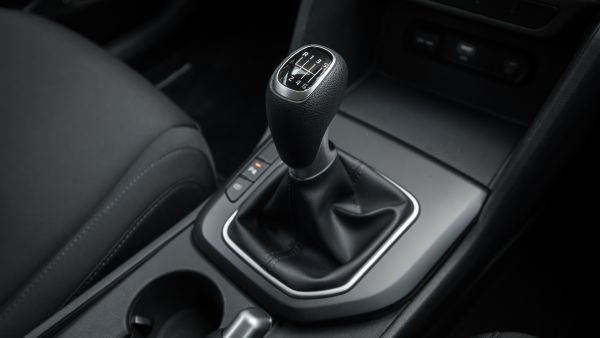ALBAWABA - Some people perceive electric cars to be somewhat dull. In order to appeal to these individuals, engineers at Toyota are working on integrating a manual transmission into electric cars as a potential feature to attract different customer segments.
A manual transmission serves no practical purpose in an electric car; however, its purpose would be to provide enjoyment to the driver and enhance the level of control in the driving experience.
Despite Toyota's long-standing reservations about electric cars, the company is now planning to make a stronger push into this sector, aiming to attract all types of consumers. Therefore, an unnecessary feature like a manual transmission may become an attractive factor for consumers who do not prefer the smoothness and simplicity that characterize electric car driving.
Even most gasoline-powered cars today come equipped with automatic transmissions, with manual transmissions only offered sparingly as options in performance cars or extremely budget-friendly vehicles.
Most electric cars have only a single-speed transmission because their high-speed electric motors do not require additional assistance from different gears. However, Toyota plans to connect the transmission to sensors and a programmed central computer to mimic the feel of a car with a manual transmission. The driver will have a clutch pedal in addition to the usual accelerator and brake pedals.
If the wrong gear is selected or there is a failure to apply sufficient pressure to the accelerator pedal, the car will noticeably vibrate, similar to actual manual transmission cars. However, the car's computer will limit the vibration in that scenario to avoid strain on the battery.
Having this feature will not prevent the driver from using the car normally, as the car will have two driving modes: manual mode and regular electric car mode.
Some reports about the technology mention that these cars will be equipped with fake engine sounds to correspond with each shifting and acceleration action, although this was not specifically mentioned in the patent application.







